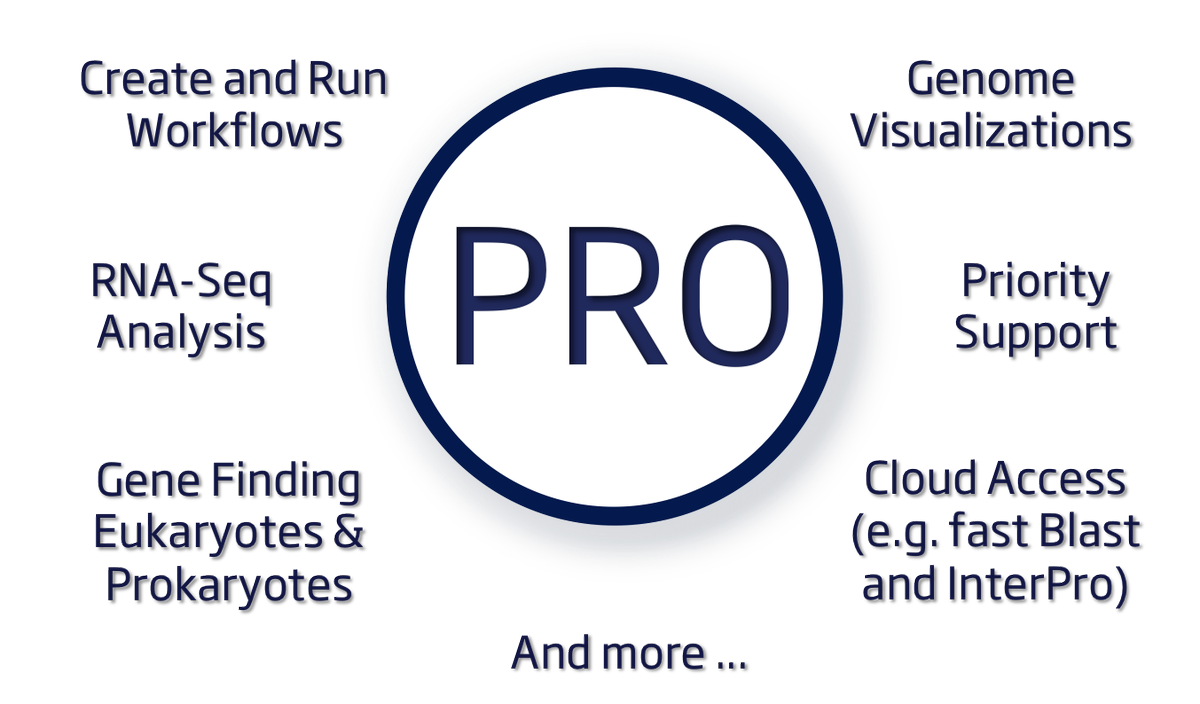

Cytoscape and blast2go software#
Many and diverse kinds of software will be needed in order to achieve prediction and control of cellular processes. RCytoscape provides one such set of tools. As we explore and map this complex terrain, using ever larger amounts of heterogeneous (and often noisy) data, network visualization tools integrated within a statistically powerful programming environment will prove indispensable. Phosphorylation networks exhibit similar complexity and resistance to manipulation. A recent theoretical framework establishes that the control of gene regulatory networks requires prior control of more than half the constituent nodes. Even classic single gene disorders show variable age of onset and severity, apparently due to the influence of modifier genes. Cancer, for example, is currently understood to consist of six separate processes, or “hallmarks”, each of which is controlled by redundant and overlapping pathways. It is precisely these complex system behaviors which must be understood in order to comprehensively predict and control cellular processes in health and disease.Ĭausal explanations in molecular biology of sufficient depth and completeness to explain disease, and to create the basis for successful therapy, are almost never simple.

Progress towards understanding the dynamic relations and interactions among these molecular components, however, has lagged significantly. Many protein structures have been determined. Whole genomes have been sequenced, global mRNA and miRNA levels assessed, protein expression measured, phosphorylation and methylation states assayed. Molecular biology has made great progress in recent years by measuring the abundance and characteristics of many kinds of molecules, often at a global level. Network visualizations - molecular maps - created from an open-ended programming environment rich in statistical power and data-handling facilities, such as RCytoscape, will play an essential role in this progression. These activities will eventually permit the prediction and control of complex biological systems.

Progress in bioinformatics and computational biology depends upon exploratory and confirmatory data analysis, upon inference, and upon modeling. Network visualization reveals previously unreported patterns in the data suggesting heterogeneous signaling mechanisms active in GBM Proneural tumors, with possible clinical relevance. To illustrate the power of RCytoscape, a portion of the Glioblastoma multiforme (GBM) data set from the Cancer Genome Atlas (TCGA) is examined. RCytoscape extends Cytoscape's functionality beyond what is possible with the Cytoscape graphical user interface. RCytoscape integrates R (an open-ended programming environment rich in statistical power and data-handling facilities) and Cytoscape (powerful network visualization and analysis software). Pathway and network visualizations, rendered on a computer or published on paper, however, tend to be static, lacking in detail, and ill-equipped to explore the variety and quantities of data available today, and the complex causes we seek to understand. Biomolecular pathways and networks are dynamic and complex, and the perturbations to them which cause disease are often multiple, heterogeneous and contingent.


 0 kommentar(er)
0 kommentar(er)
